This article is dedicated to cross stitching. Embroidery methods and basic tools for work.
Many people take up embroidery because this activity calms their nerves and helps them put their thoughts in order. Every year, more and more people are getting interested in cross-stitching. It has even become fashionable to decorate clothes, handbags, pillows and kitchen towels with embroidery. This is the so-called miniature embroidery, which does not take much time, but nevertheless brings both moral and aesthetic satisfaction.
Attention! The ideal option for a beginner would be a small miniature, because it is not complicated and very soon you will be able to see the result of the work done.
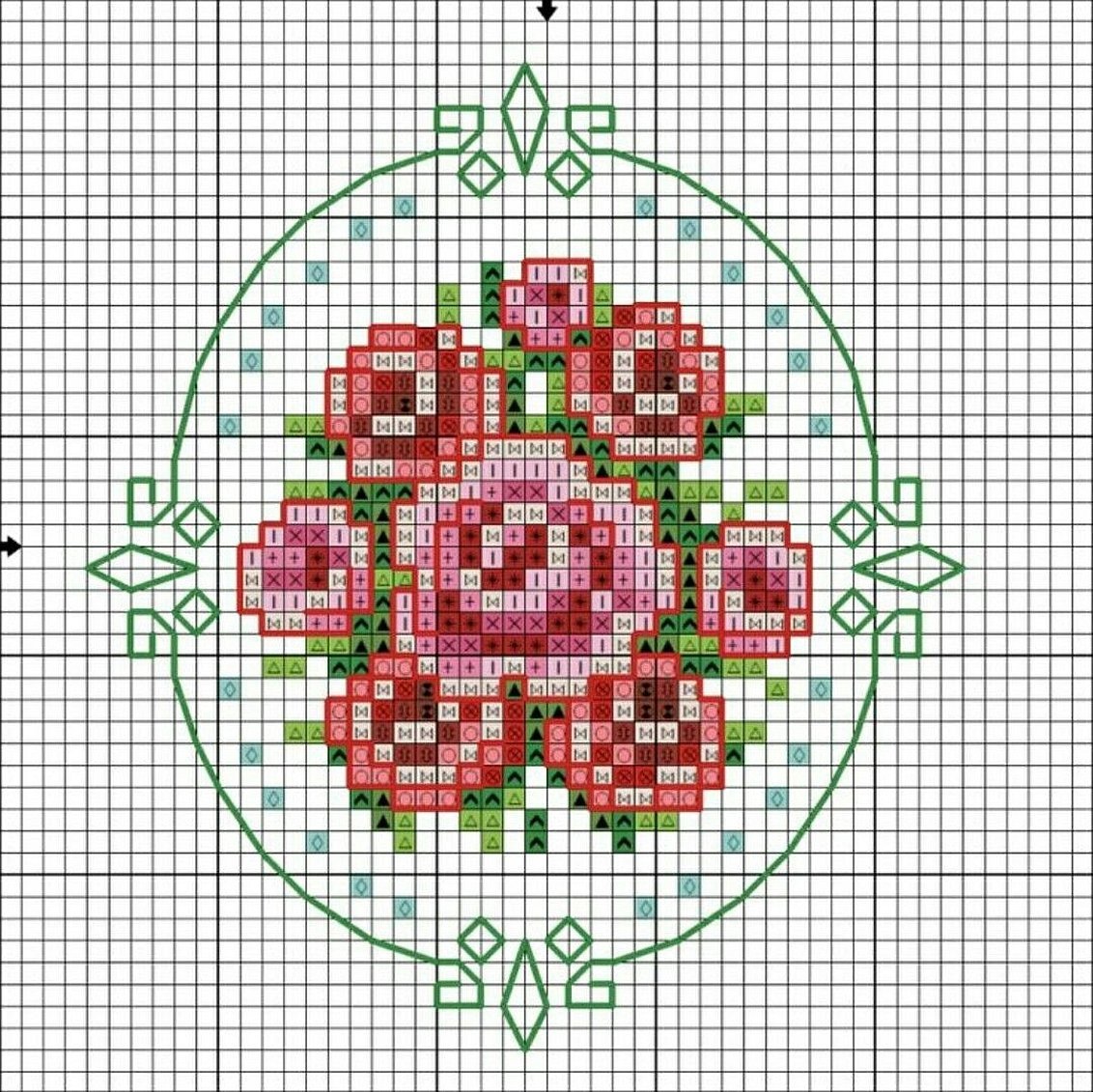
Cross Stitch Tools
Many people, having decided to take up embroidery, cannot decide which fabric is best, which needle to use, which option to embroider and which hoops are the most convenient. If you follow a few tips, then there will be no problems in choosing everything you need. In addition, the embroidered miniatures will turn out better, and the quality, of course, will be many times cleaner than with incorrectly selected tools.
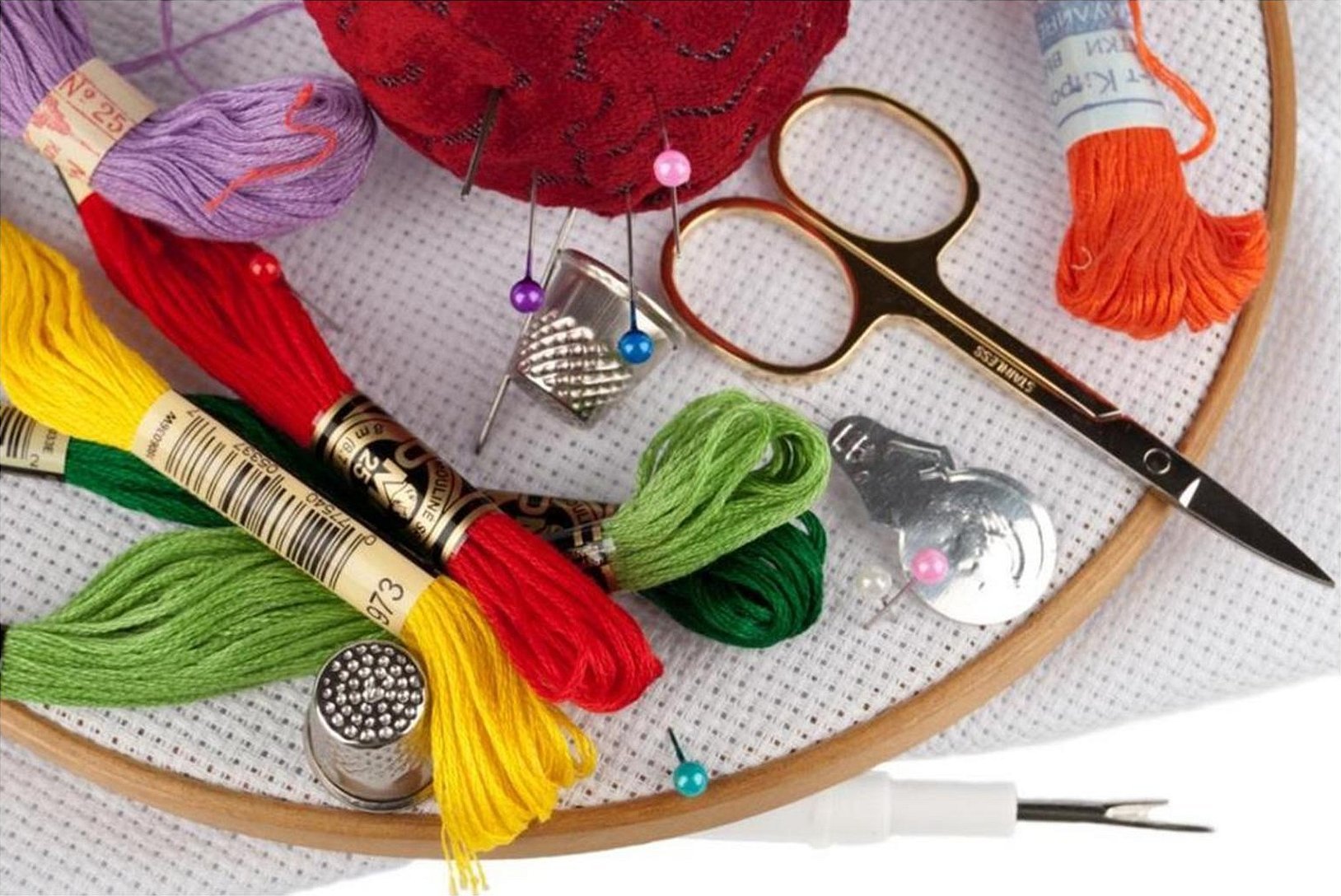
When choosing a fabric, you first need to decide what you want to do. If you want to embroider a picture on clothes, you need to take that thing, fix the desired piece of clothing in the hoop and get to work. The same is true for embroidering on tablecloths and bed linen. Another question is embroidery for decoration. Vinyl canvas is suitable for beginner embroiderers. Experienced craftsmen like to embroider on Aida canvas. Of course, if there is nowhere to get the necessary fabric, you should use fabrics with a large weave (linen, canvas, burlap, cotton), since squares are clearly visible on such fabrics, making it easier to work with a cross.
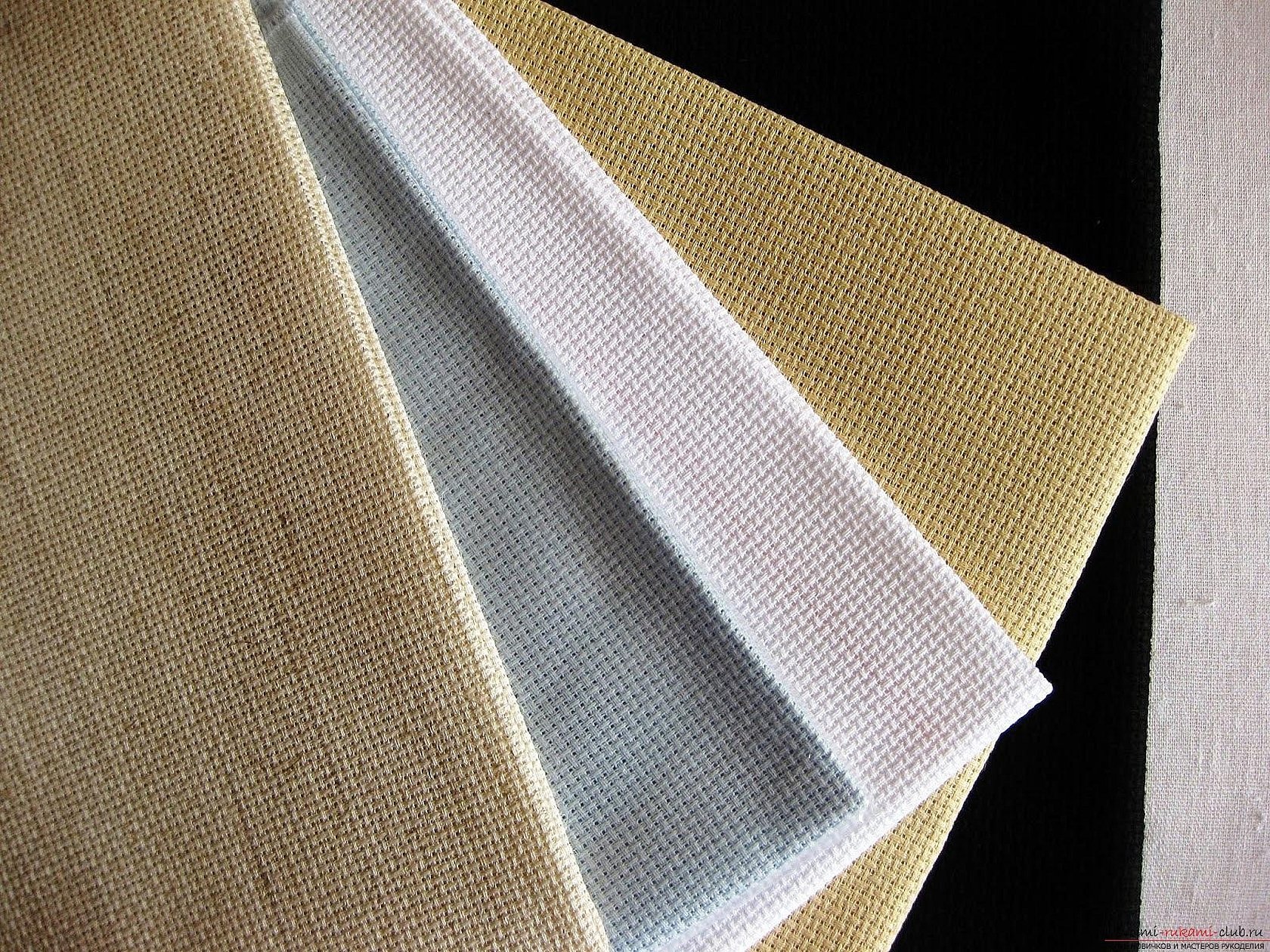
Before you start working, you need to prepare the fabric. First, you need to serge the edges of the fabric or go over them with glue so that the threads don't come out and get in the way.
If you wish, you can use a ribbon, sewing it around the edges. Then you need to find the center point and fold the fabric in half. After that, mark the center with a pencil to make it easier to apply and distribute the pattern.
Important! When choosing needles, do not save money and buy a couple of them at once, especially for beginners. Not every needle can be suitable, and, having started the process, you can understand which needle is more convenient for embroidery. The numbering of the sizes of embroidery needles is determined a little strangely: the largest needle is the one with the smallest number.
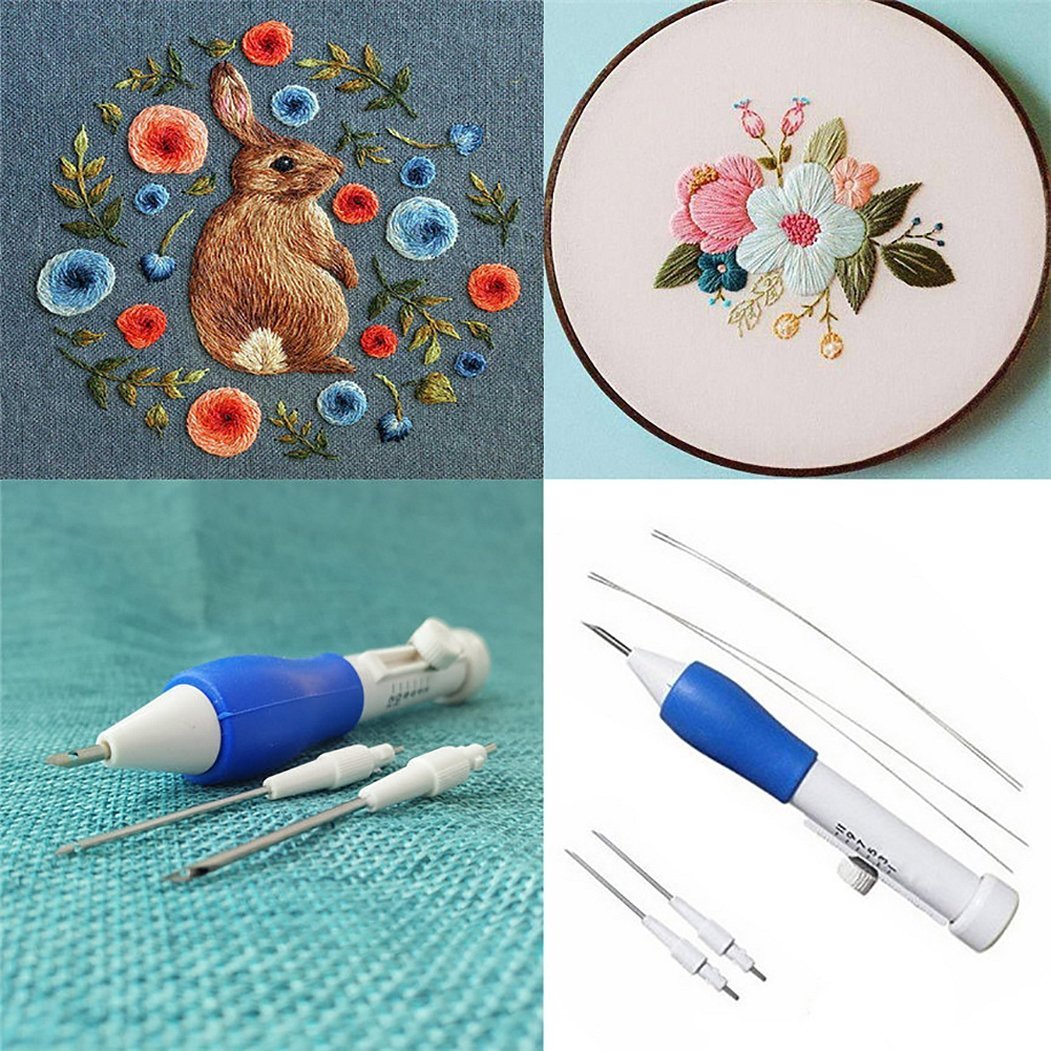
In addition, mini cross stitch will move faster if you use needles with a round end. This way, the fabric will not be pierced, but will expand a little. In addition, you need to pay attention to the eye. Needles with a large eye are better used when embroidering with wool or floss in several layers.
Attention! Safety is also a must. An embroiderer's kit should include a pincushion to store needles and pins.
To make embroidery more convenient, you need to use a hoop. They can be:
- wooden;
- metal;
- plastic;
- large square ones.
Metal hoops can leave marks on the fabric, and plastic ones can slip off. The size of the hoop should also be selected individually. You can take a sheet with a pattern to the store to select the right size.
The following threads are suitable for cross stitching:
- floss;
- tapestry wool;
- melange;
- silk;
- fine wool;
- metallized fabric.
Techniques and methods
When cross stitching, you can use three types of stitches: half cross stitch, cross stitch and tapestry stitch. There are also two embroidery methods: traditional, when each cross stitch needs to be embroidered separately, and Danish, when the line is made by first making half a cross stitch and then starting to move in the opposite direction. The embroidery of the miniature scheme also has a variety.
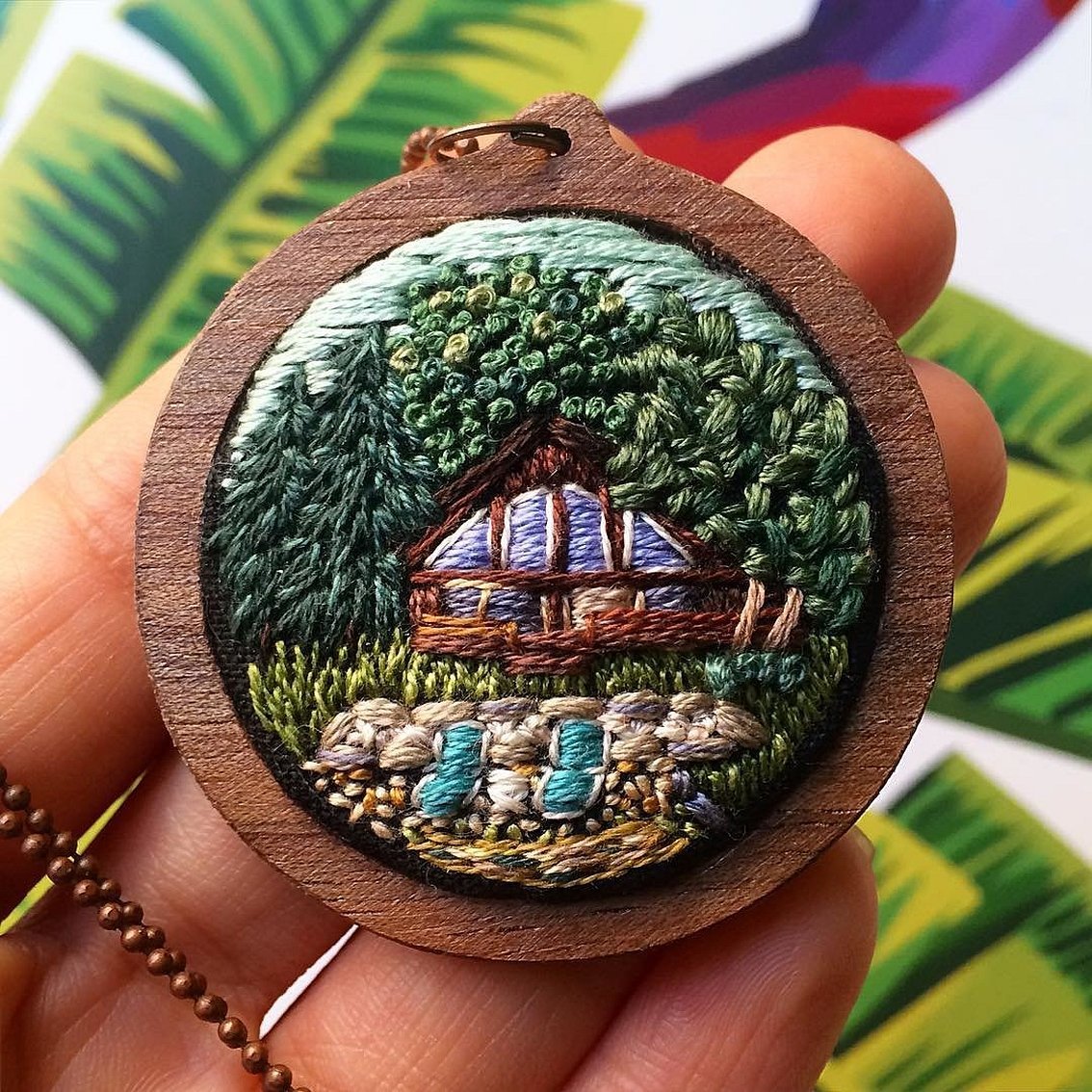
As for satin stitch embroidery, there are slightly different techniques. If you select a tool for satin stitch embroidery, it is almost the same as for cross stitching a miniature. The only difference is in the needles. For satin stitch, it is better to use a sharp needle, not a rounded one.
The main types of equipment include:
- extended stitches;
- straight stitches;
- point stitch;
- open herringbone stitch;
- stitch splitting thread;
- darning stitch;
- fern and wedge stitch.
Important! One of the stages of embroidery is satin stitch. It is usually used to give the design a shade transition.
Interesting embroidery with satin stitch
There are several techniques for satin stitch embroidery, the main ones are listed below.
Plain satin stitch
The embroidered pattern is the same on both sides. This type of satin stitch is best chosen by a beginner because it is the simplest.
Chinese stitch
Its main feature is that it needs to be embroidered on dark satin or silk fabric. You can depict fish, animals, birds and nature.
Russian smooth surface
The outline of the design is embroidered. The front side is embroidered with long stitches, and the back side is embroidered with short, broken lines.
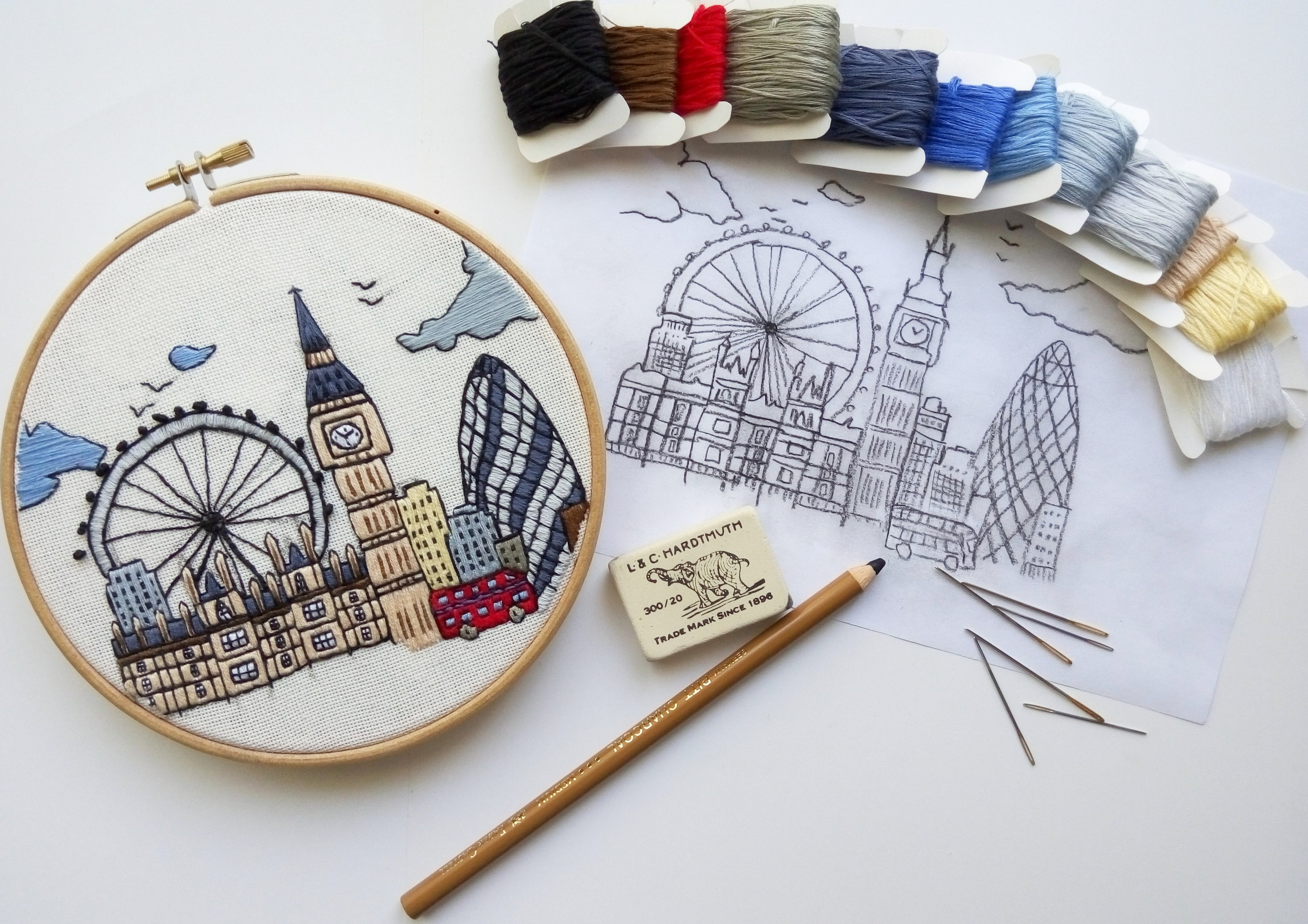
Interesting mini cross stitches
Mini cross stitch does not have a specific pattern, there can be many of them, and the choice depends on the experience of the master and desire.
The schematic pattern can be varied. You can make a ring, flowers, a fairy, an angel, a temple, birds and much more. Minimalism of embroidery is used in a variety of areas. It can be used for decorations, as well as to make a pattern on clothes.

When embroidering a pattern, you can use any materials at hand that will give the embroidery a more aesthetic look, for example, beads. There are several main types of patterns:
- folk;
- geometric;
- floral.
Also in cross stitch you can use children's patterns, small patterns. Usually such patterns are used when embroidering patterns on curtains, paintings, bed linen and clothes. The pattern can be presented:
- pencils;
- butterflies;
- cars;
- with bows;
- hearts;
- nipples;
- mice.
The diagram is a gift from the bear
Experienced craftswomen love to embroider teddy bears. Usually such designs are used for embroidery on children's clothes and scarves. The child will be happy with such a gift.
The pattern is small in size, so it requires a minimum amount of thread. You need to take the floss and fold it 4 times. It is better if the monochrome is preserved in such embroidery. A cool little bear gives the pattern features of childhood.
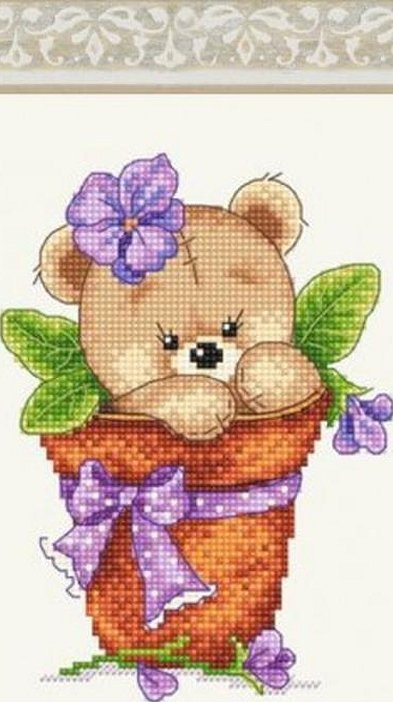
Easter card design
The work should be started from the edge, decorated. Then start embroidering. First the outer square is embroidered, then the inner square. Fold the floss thread twice. Try not to let the threads fray.
It should be noted that cross stitch flowers miniatures are very diverse. And each embroiderer can choose the pattern he likes.

Other schemes that can be highlighted include:
- floral card; usually wild flowers are chosen for such a pattern, but a rose looks more beautiful, however, it is much more difficult to embroider;
- garden postcard;
- children's mini-postcard;
- New Year's boot;
- New Year's card;
- snowman on the skating rink.
An embroidered brooch can be a great gift; there is also a pattern for it.
A good original solution would be to add French knots to the embroidery. In addition, this pattern is used to add volume.
To sum it up, it can be said that cross stitching is not difficult. You just need to familiarize yourself with the basic patterns and study them well. You should also stock up on the appropriate tool and you can start doing the work. In addition, after several embroidered works, the embroiderer develops his own individual style, which makes his work unique.




